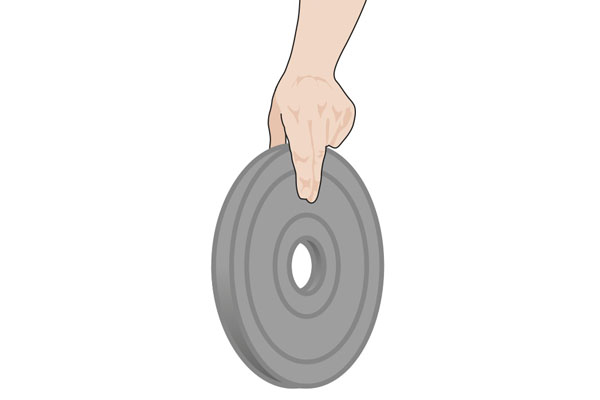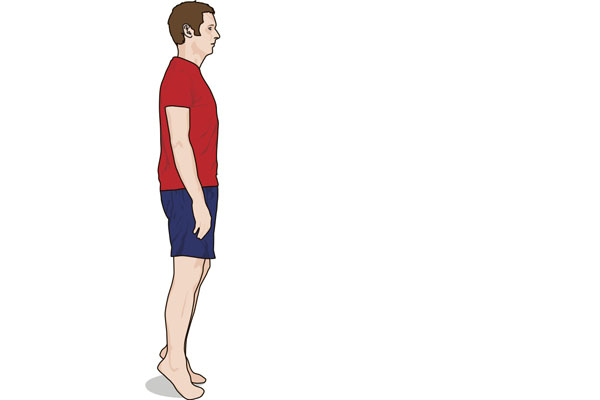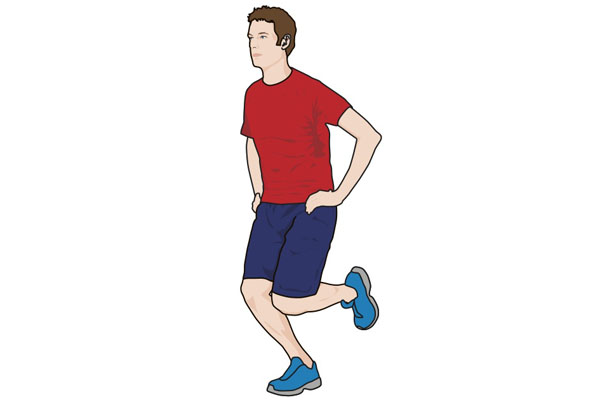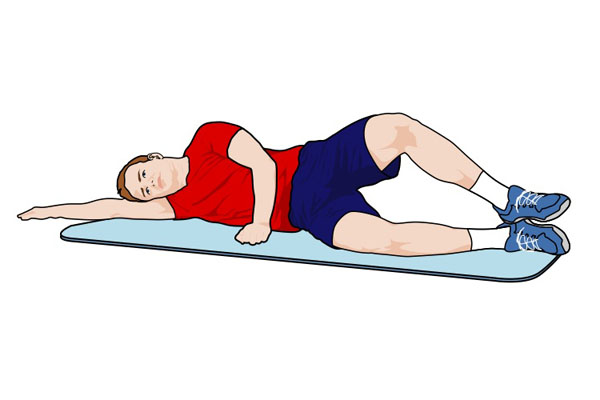Alan Milway's body fit test
Are you fit to ride? Time to find out where your strengths and weaknesses are, and pull them back into balance.
Words by Alan Milway
Do you have any tightness that is limiting performance or increasing pain? Any specific weak link that is affecting technique or power on the bike? An injury that is healed but not properly rehabilitated? If the answer is yes to any of these then you need these home exercises to balance your body again.
Modern working often means we spend long hours hunched over at a desk, or sat in a car, and we tend to use our dominant hand much more frequently for manual tasks. Combine this with previous injuries that may not have been rehabilitated properly, and you have a recipe for pain, soreness and a consistent lack of progress regardless of any training you might be doing.
>>> How to ride yourself fitter without extra miles or killing the fun
Here’s how to set yourself back on the right path.

Upper limbs
Farmers walk grip
Pinch a 10-15kg weight plate between your thumb and first two fingers, then walk (don’t race!) to cover as much distance as you can before it slips out of your fingers. Repeat for the other hand. What is the difference? More than 15 per cent will highlight a significant difference and often a previously broken wrist that wasn’t rehabbed well. If there is a greater difference than 15 per cent you need to spend more time using the weaker hand — simply carrying day to day items at work will improve it.

Single arm overhead press
In a lunge position with your rear knee on the floor take an 8-12kg kettlebell held upside down. Press from the same side as the knee that’s on the floor. Holding it ‘bottoms up’ aim to press it overhead so arm is in line with the ear for 12-15 repetitions and then repeat with the other hand. Is the dominant hand much easier? Is there a big difference between the two? Often our non-dominant hand is much weaker, or a previous injury highlights itself. Use assessment exercise as rehab. Start with weak side and finish with the weak side to increase volume and bring up the lagging arm.

Lower limbs
Calf raises
Simple but effective; with shoes off, and in a steady rhythm do as many calf raises from heel dropped to fully up on to toes on the left leg, then the right leg. Compare the maximum number — anything more than 15 per cent difference would suggest a discrepancy to address. So do more sets on the weaker side over the next few weeks and re-test. Take your max number and do training sets of 85 per cent of this number over the next couple of weeks before re-testing maximum reps. The goal is 25 on each leg — once you have reached this, reduce reps but carry a weight while doing them.

Hop and hold
Again with your shoes off, stand on one leg and raise the other knee up in front of you, with your hands on hips. Hop forward and aim to ‘stick’ the landing without wobble. Perform 3-4 hops on the left leg, then repeat on the right leg. Using a mirror or filming yourself is useful feedback. Quite often I see a big difference here if there has been a previous knee or ankle injury that hasn’t been addressed fully. Practice makes perfect here and you will rapidly improve coordination and proprioception for each limb.

Clamshells
Lying on your side, legs slightly bent at the knees. Raise the uppermost knee to the ceiling, while keeping your heels together. Pause at the highest point, then lower the knee back down. Repeat 12-15 times on one side, then the other. I often use a mini band placed just above and around both knees to create tension here as you pull the band apart. This works a much maligned and underused part of the glutes — the glute medius — and any tightness or weakness between left to right will soon shine through with this exercise.



